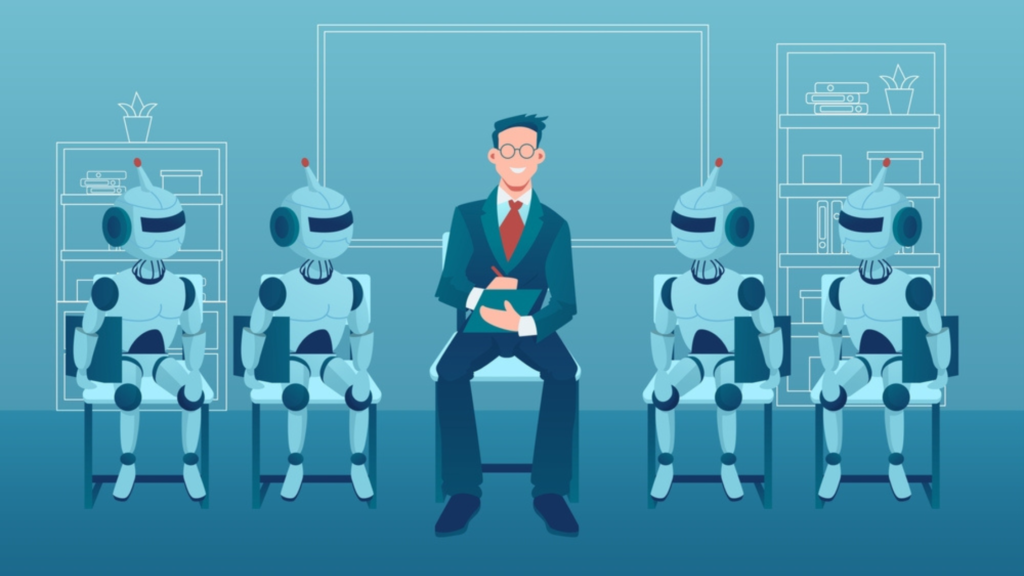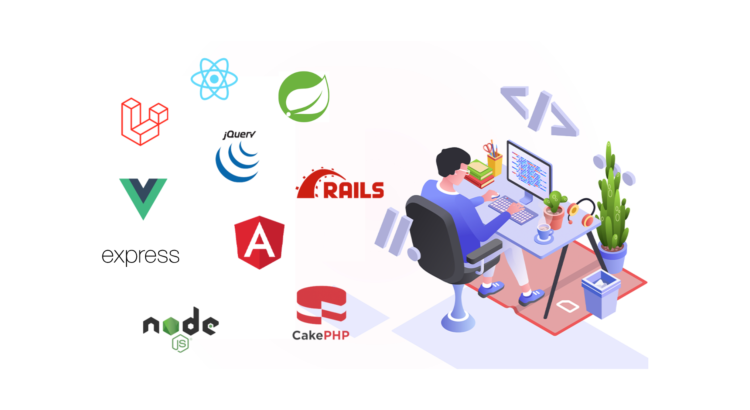In today’s digitally-driven world, businesses are constantly evolving to meet the demands of their customers. One area that has seen significant transformation is knowledge base management, where the integration of chatbots has revolutionized how information is accessed, disseminated, and utilized. In this comprehensive exploration, we will explore the advantages, diverse applications, and essential development guidelines for leveraging chatbots in knowledge base management.

Advantages of Chatbots for Knowledge Base Management:
- Enhanced Accessibility: Chatbots provide users with instant access to information round-the-clock, ensuring that queries are addressed promptly regardless of time zones or geographic locations. This accessibility improves user experience and fosters customer satisfaction.
- Efficient Resource Utilization: By automating repetitive tasks and routine inquiries, chatbots enable businesses to optimize resource allocation, freeing up human agents to focus on more complex issues. This efficiency leads to cost savings and improved operational effectiveness.
- Personalized Assistance: Through advanced natural language processing (NLP) capabilities, chatbots offer personalized assistance tailored to individual user preferences and requirements. This personalized approach enhances engagement and fosters stronger connections with users.
- Scalability and Consistency: Chatbots are capable of handling a large volume of inquiries simultaneously, scaling up or down based on demand without compromising response time or quality. Additionally, they ensure consistency in information delivery, minimizing errors and discrepancies.
- Data-Driven Insights: Chatbots capture valuable data and insights from user interactions, including frequently asked questions, user preferences, and areas of interest. These insights can inform decision-making processes, content optimization strategies, and product/service enhancements.

Applications of Chatbots in Knowledge Base Management:
- Customer Support: Chatbots serve as virtual assistants, providing real-time support to customers by addressing inquiries, troubleshooting issues, and offering product/service information. They augment human support teams, improving response times and overall service quality.
- Employee Training and Onboarding: Chatbots facilitate employee training and onboarding processes by delivering relevant resources, training materials, and procedural information. They offer interactive learning experiences and track employee progress, ensuring effective knowledge transfer.
- E-Learning and Education: In educational settings, chatbots enhance the learning experience by providing personalized tutoring, quizzes, and study materials. They adapt to individual learning styles and pace, offering continuous support and feedback to learners.
- Sales and Marketing: Chatbots play a crucial role in sales and marketing efforts by engaging potential customers, providing product recommendations, and guiding them through the purchase process. They act as virtual sales assistants, nurturing leads and driving conversions.
- Feedback Collection and Analysis: Chatbots can be utilized to gather feedback from users regarding their experience with the knowledge base and the effectiveness of provided solutions. By analysing this feedback, businesses can identify areas for improvement and enhance the overall quality of their knowledge base.
- Multilingual Support: Chatbots equipped with multilingual capabilities can cater to a diverse user base, offering support and assistance in multiple languages. This ensures inclusivity and accessibility, allowing businesses to reach a broader audience and improve user satisfaction.
- Integration with Existing Systems: Chatbots can be seamlessly integrated with existing systems and platforms, such as CRM systems or helpdesk software, to enhance their functionality and effectiveness. This integration enables seamless data exchange and workflow automation, improving operational efficiency and user experience.
- Analytics and Reporting: Chatbots can provide valuable insights through analytics and reporting functionalities, offering detailed metrics on user interactions, engagement levels, and performance trends. This data-driven approach allows businesses to make informed decisions and optimize their knowledge base management strategies.
Development Guidelines for Chatbots in Knowledge Base Management:
- Define Clear Objectives: Clearly define the purpose and objectives of the chatbot, including the specific tasks it will perform and the target audience it will serve. This ensures alignment with business goals and user needs.
- Design Intuitive User Interfaces: Develop user-friendly interfaces and conversation flows that prioritize ease of use and navigation. Utilize clear language, visual cues, and interactive elements to enhance user experience.
- Utilize Advanced NLP Capabilities: Integrate natural language processing (NLP) capabilities to enable chatbots to understand and respond to user queries in natural language. Train the chatbot on relevant datasets to improve accuracy and comprehension.
- Regular Updates and Maintenance: Continuously update the knowledge base and refine the chatbot’s responses based on user feedback and evolving requirements. Monitor performance metrics and make adjustments as needed to optimize performance.
- Ensure Data Security and Compliance: Implement robust security measures to safeguard sensitive information and ensure compliance with data protection regulations. Encrypt data transmissions, adhere to industry standards, and prioritize user privacy and confidentiality.
Conclusion:
In conclusion, chatbots have become indispensable tools for efficient knowledge base management, offering numerous advantages and diverse applications across various industries.
By leveraging the capabilities of chatbots and adhering to development guidelines, businesses can streamline information dissemination, enhance customer support, and drive operational excellence in today’s digital landscape.
Whether it’s providing personalized assistance to customers or empowering employees with on-demand resources, chatbots are transforming the way organizations manage knowledge and engage with their audiences.
As technology continues to evolve, the role of chatbots in knowledge base management will only continue to expand, driving innovation and improving user experiences worldwide.





